Dealer Ben Macklowe talks about the revival of this design movement, its most desirable pieces, and what to consider when purchasing them.
Over the past five years, modern designs have taken inspiration from the Art Nouveau style of jewelry, which enjoyed popularity between 1885 and 1910. The era represented a revolt against industrial mass-production. Some of the most revered French artisans participated in the movement, which broke boundaries by throwing out the rules and redefining fine jewelry. They used unconventional materials, mixing metals and gemstones that enhanced the naturalistic themes of the pieces. Ironically, the most valuable stones — diamonds, rubies, emeralds, sapphires and natural pearls — had less worth, in artistic terms, for the masterpieces of Art Nouveau.
Now, a new wave of artists has been working with daring arrangements of materials, creating intricately detailed pieces that display bold mixes of gems and several different types of enameling and botanical motifs that appeared in the original unorthodox, trailblazing designs. To appreciate the new approaches, Rapaport Magazine talks to leading expert Benjamin Macklowe, who co-owns Macklowe Gallery in New York with his wife Hillary, about the rare and distinctive Art Nouveau pieces that are enjoying a revival.
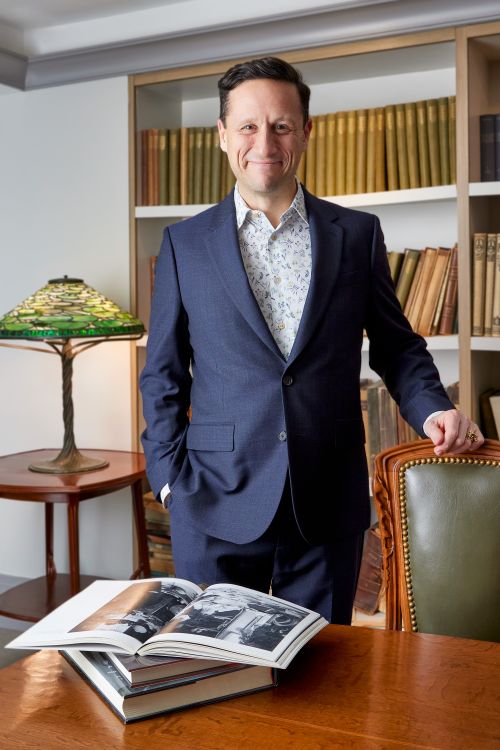
To what do you attribute the revival of interest in Art Nouveau jewelry?
Art Nouveau has always been a collector-driven market. The first rediscovery of this groundbreaking style was in the 1960s. Many of those collectors are still buying today.
Additionally, we have developed a following of passionate young collectors, and it feels like we are experiencing a second resurgence. We attribute this to new jewelry enthusiasts’ desire for pieces that are truly original. Jewelers of this period were artists first and foremost, and used metalsmithing, enamel and other materials to realize their artistic visions. We will almost never see an intrinsically valuable gemstone in an Art Nouveau piece. If a blue zircon or an aquamarine was the right tone of blue, this is what the jewelers would use, as opposed to a rare sapphire. They saw value in the entire composition.
The collectors respond to this instinctively, because they also want something deeply personal and different from the norm.
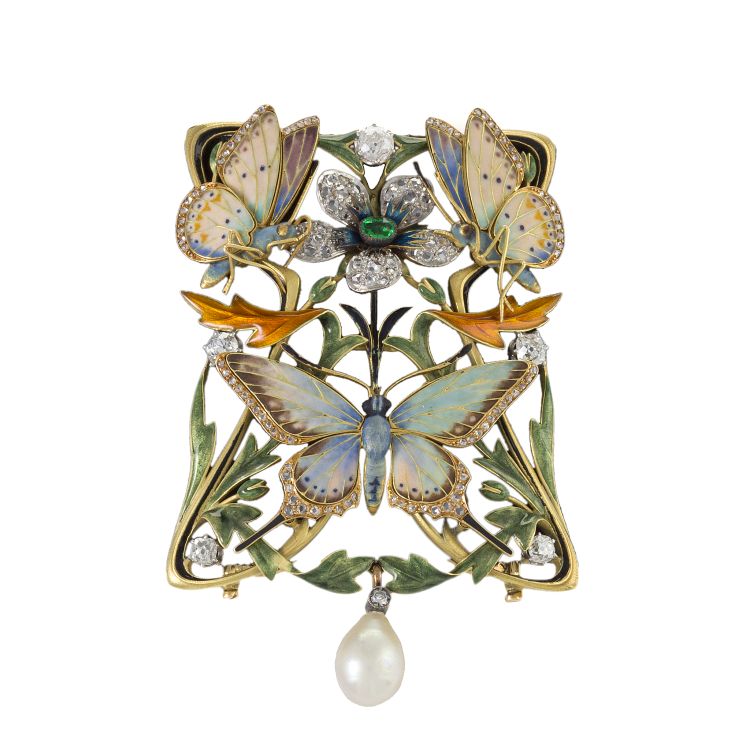
Who are the renowned artists that collectors desire from this movement?
René Lalique was a once-in-500-years genius who transformed the very concept of what a jewel could be, and his Art Nouveau creations have no equal. All aficionados of this movement want at least one piece by Lalique, and he is the only jeweler who is “collected” obsessively. However, there were several other brilliant, creative and technically masterful jewelers, such as Philippe Wolfers, Henri Dubret, Henri Vever and Eugène Feuillâtre, and to get a great piece by any of them is a cause for celebration.
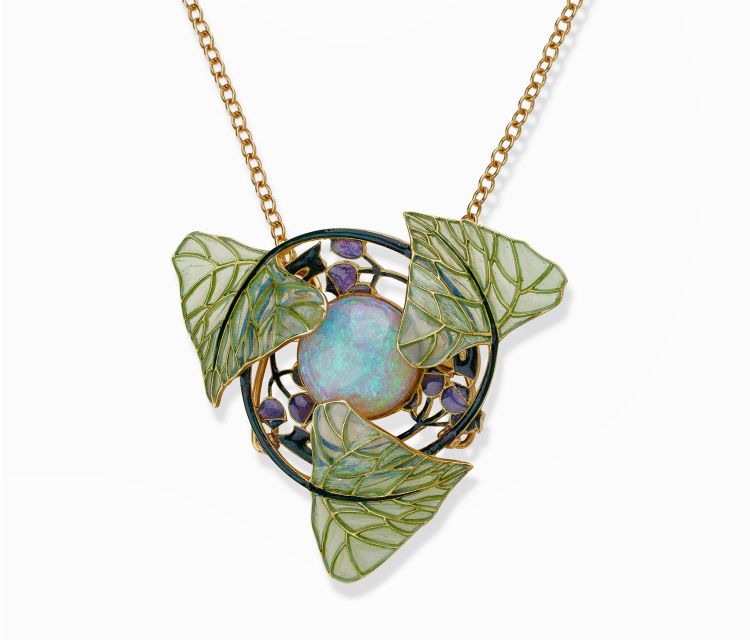
Do Art Nouveau collectors wear their jewelry at all, or are they collecting for art’s sake?
Macklowe Gallery’s collectors all wear their jewelry. The best pieces are surprisingly sturdy, so there’s no reason to fear they’ll fall apart. And fortunately, there are a lot of rings and pins made in this period that can be worn regularly. Because of the growth of the middle class in this era, there are also lovely pieces of Nouveau jewelry made in silver and plique-a-jour enamel that are as affordable now as they were in the time they were made. Collectors of Art Nouveau also tend to wear their clothes as a backdrop to their jewelry — they purchase the pieces they love and wear them with anything in their wardrobes.
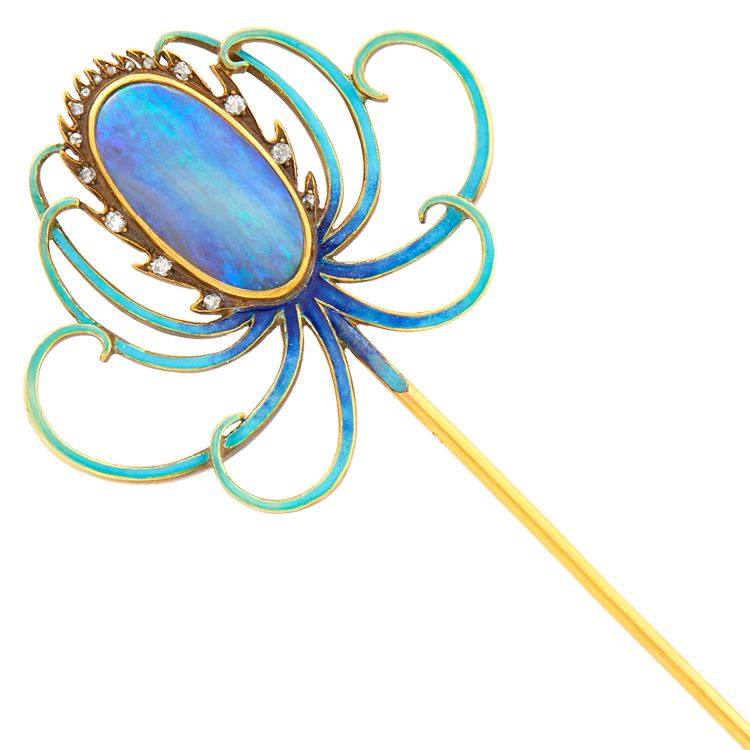
Which pieces are more suitable for display due to their materials?
Hair combs and chokers were the height of fashion in 1900, and the Art Nouveau jewelers made fabulous pieces, but they’re not exactly what can be worn to pilates or your child’s soccer game! There are pieces made with organic materials such as horn and ivory that are more for displaying the beauty, art and groundbreaking design.
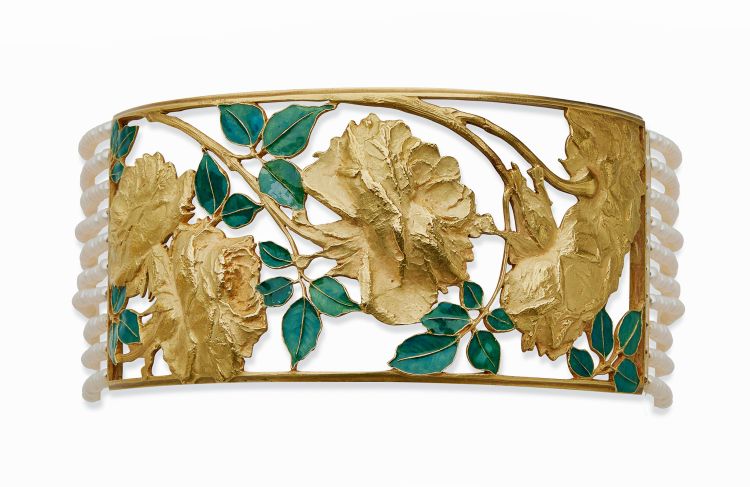
Have you seen a change in pricing or availability?
So many pieces have gone into generational collections and museums. Therefore, finding great pieces has become increasingly hard. There is less of every level, from the common to the masterpiece. This is naturally reflected in the price for the rarest items, but the more modest pieces are still very fair and a wonderful point of entry for new collectors.
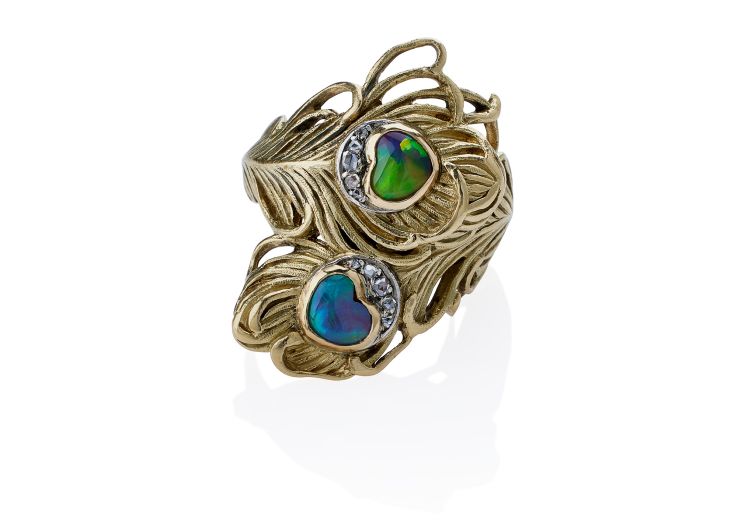
Which unsigned pieces from the era are attracting interest, and why?
Without question, dealers and collectors alike prefer signed pieces by the best makers. However, if a piece hits the trifecta of wearability, beauty and unusual design, it will always be popular. Motifs such as dragonflies, butterflies, femme fleur, wisteria, etc.…are evergreen.
Main image: Art Nouveau butterfly brooch with a 36-carat topaz, rose- and old European-cut diamonds, and enamel, France. (Macklowe Gallery)

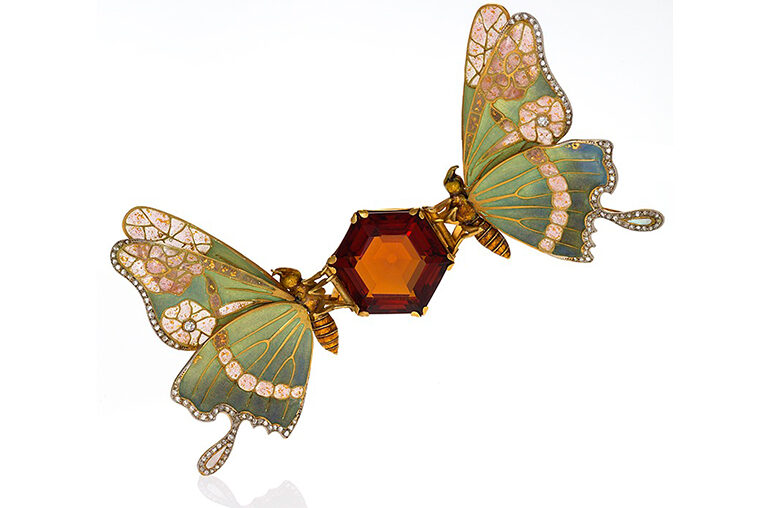
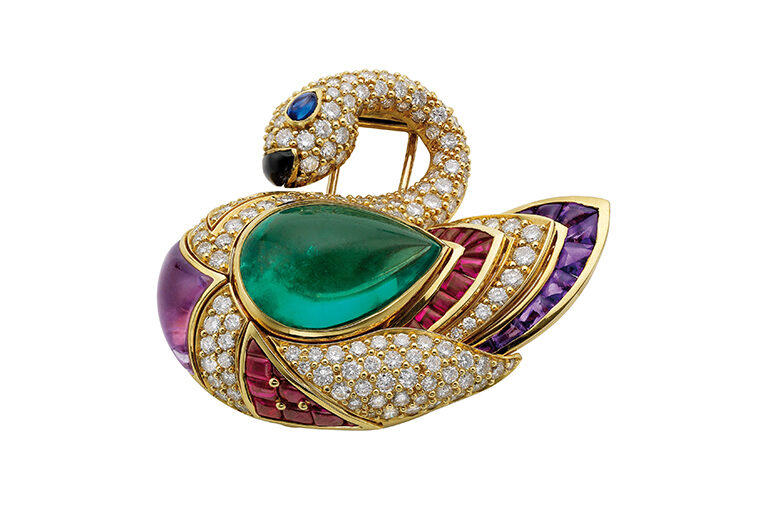
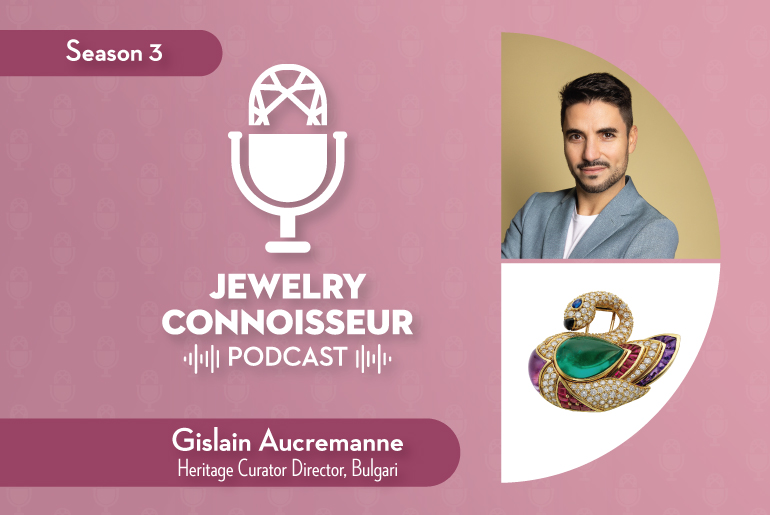
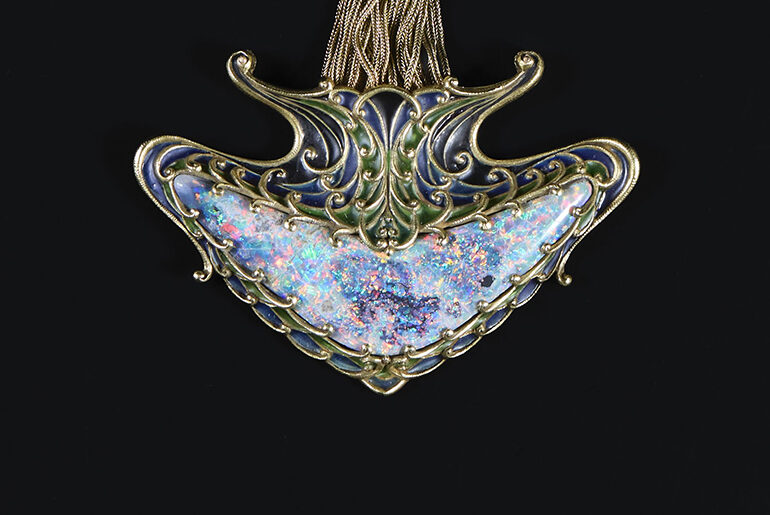
Comments are closed.